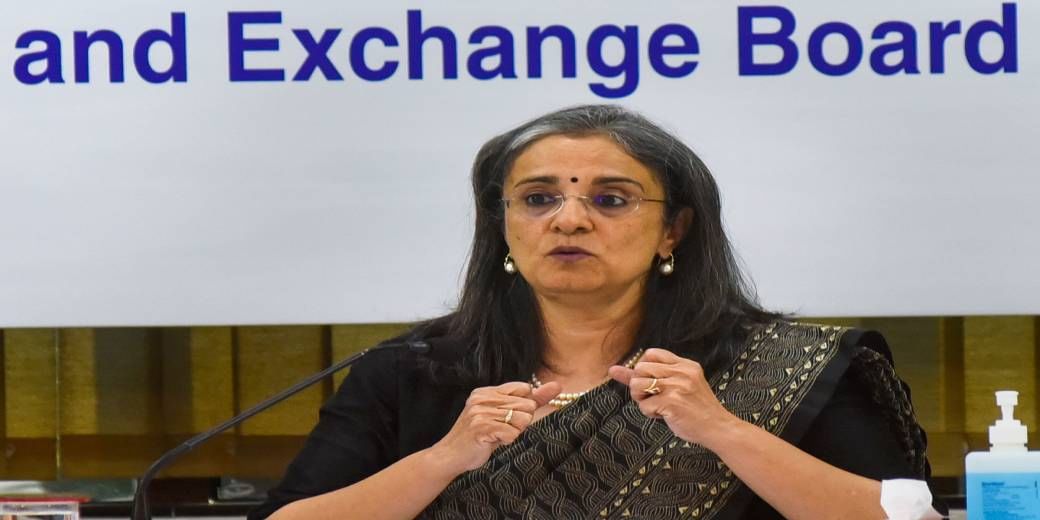Why RIs are not opening demat account?
- Shivram Krishnan
- Last Updated : May 16, 2023, 20:37 IST

Two months after Central Depository Services (CDSL), the country’s largest depository, hit the 8 crore active account mark, new demat accounts have been slow to join. Registering an 18% decline last month, India had around 11.6 crore accounts as of April 2023.
An important metric to consider, as opposed to just total demat accounts, is the number of accounts active. This number stood at 3.12 crores for NSE. As per a MarketMojo research in 2020, only 0.95%, or 1 out of every 4 demat accounts remain active. A dormant account means one through which no trades are undertaken for a specific period.
The trend of dormancy continues at NSE as well, where active users have declined for 10 straight months. Experts suggest that the surge in the number of accounts which opened during the pandemic are now normalizing.
How to check if my Demat account is dormant?
Your account will be flagged dormant if you do not execute any trade from it for a continuous period of 1 year. In this case, you can reactivate your account by executing a single trade. But, you will have to redo the KYC process if your account lies dormant for more than 1 year.
One of the disadvantages of having a dormant account is that you have to pay an annual maintenance fee irrespective. This can range from Rs 300-800 yearly. In case you wish to close your account, here is a list of documents you’ll need:
Your Depository Participant (could be either NSDL or CDSL) and Client ID Reason for closing your account Name and Address proof.
Once you submit these details along with the closure request form to your DP, your account will be closed within 7-10 business days, free of cost. However, be sure to transfer all your existing mutual fund and share balances before you pull the shutters on your account.
Download Money9 App for the latest updates on Personal Finance.
Related
- खुला है निप्पॉन इंडिया का रियल्टी और ऑटो सेक्टर का NFO, 28 नवंबर को होगा बंद
- अब कोचिंग सेंटर नहीं दे पाएंगे भ्रामक विज्ञापन, सरकार ने जारी की नई गाइडलाइन्स
- BOB Card से खरीदारी पर यहां मिल रहा बंपर डिस्काउंट, फ्रिज, टीवी, एसी पर 45,000 रुपये तक बचत
- EPF, ESIC और EPS में बड़े बदलाव की तैयारी में सरकार, बढ़ा सकती है बेसिक सैलरी लिमिट
- वेस्टर्न कैरियर्स के IPO में लगाने जा रहे हैं पैसे? यहां जान लें पूरी डिटेल
- Mercedes-Benz जल्द लॉन्च करेगी नई E-Class कार, सेल्फी कैमरा के साथ मिल रहे हैं कई दमदार फीचर्स

